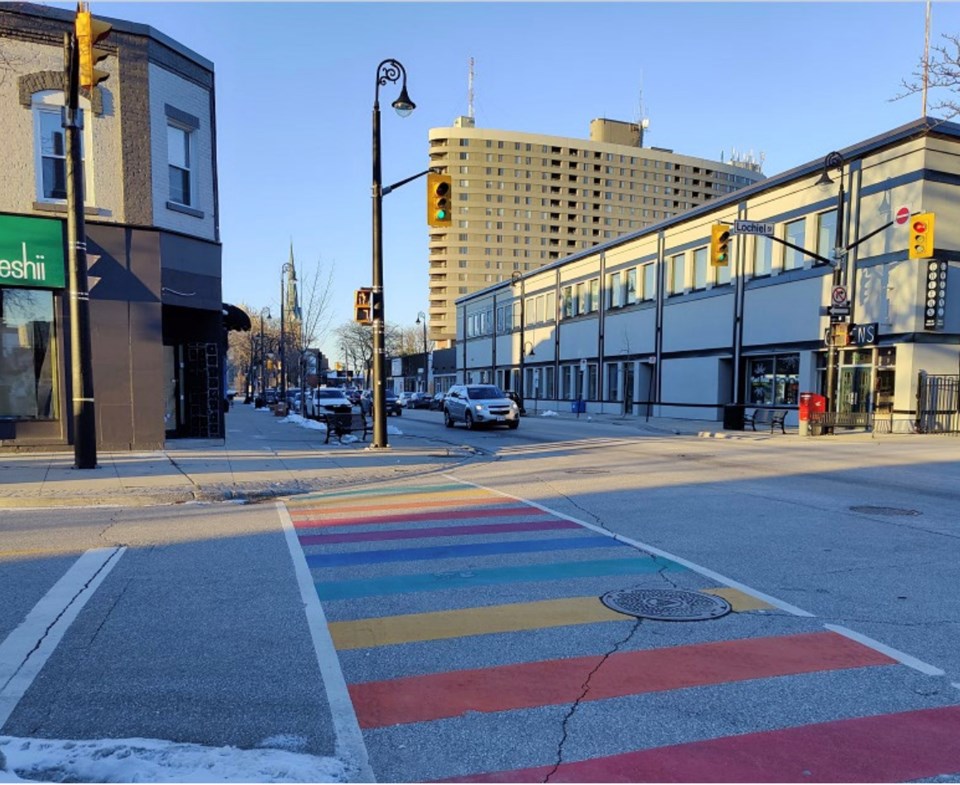Sarnia stands at a crossroads, not just of highways and byways but of future possibilities. As a resident deeply invested in our community's growth and well-being, I've watched our streets burgeon under the weight of increasing traffic, safety concerns, and environmental challenges. The solution, as I've discovered, lies not in a relentless expansion of our current infrastructure but in a transformative approach that rethinks our relationship with urban mobility.
Drawing inspiration from a recent video analysis of the Netherlands' approach to city planning, and aligning with Sarnia's Active Transportation Master Plan (ATMP), it's clear that we can craft a future where streets are more than conduits for cars—they're the backbone of a vibrant, sustainable, and connected community. The Dutch model, with its focus on prioritizing pedestrians, cyclists, and public transit, offers a blueprint for Sarnia that could lead to reduced congestion, safer streets, and a healthier environment.
Why does this matter to me, and why should it matter to you? As someone who values the health and safety of our community, the efficiency of our commutes, and the preservation of our environment, the idea of transforming Sarnia into a city that leads in sustainable urban mobility is not just appealing—it's essential. For too long, we've witnessed the limitations of car-centric planning: increased traffic fatalities, worsening air quality, and neighbourhoods cut off from one another. The opportunity to reverse these trends, to build a city that encourages walking, biking, and the use of public transit, is one we cannot afford to miss.
Sarnia's unique composition, defined by its north-end and south-end divisions, bordered by Highway 402 and 40, provides a natural framework for implementing these changes. Imagine superblocks where traffic is calmed, and greenways connect our neighbourhoods, parks, and commercial areas, making walking or cycling not just feasible but enjoyable. Consider the benefits of perimeter roads that efficiently handle vehicular traffic, preserving the heart of our community for more sustainable modes of transportation.
The ATMP lays the groundwork for this vision, emphasizing the need for infrastructure that supports a shift away from car dependency. But it's not just about building bike lanes or improving sidewalks; it's about re-imagining our streets as spaces that foster health, happiness, and connection. It's about creating a city that values the quality of life for its residents over the convenience of through-traffic.
Critics may argue that Sarnia is not Amsterdam, Toronto, or Montreal. And they're right—Sarnia is unique, with its own challenges and opportunities. But the principles of smart urban design are universal. By adopting a model that prioritizes active transportation, we're not trying to become another city; we're striving to become a better version of ourselves.
This transformation requires more than just physical changes to our streets; it demands a cultural shift in how we view mobility. We need to embrace the idea that reducing our reliance on cars can lead to a more connected, accessible, and vibrant city. It means seeing our streets as places for people, not just vehicles—a change that will require the support and involvement of the entire community.
As we consider the future of Sarnia's urban landscape, let's take this opportunity to build a city that reflects our values—a city that is safe, sustainable, and inclusive. By learning from others and adapting their successes to our context, we can overcome the challenges of today and pave the way for a brighter, greener tomorrow.
This vision for Sarnia is not just a dream; it's a necessity. And it's within our reach. Together, we can transform our city into a model of active transportation and urban livability. Let's make the streets of Sarnia not just passageways, but pathways to a better future.
